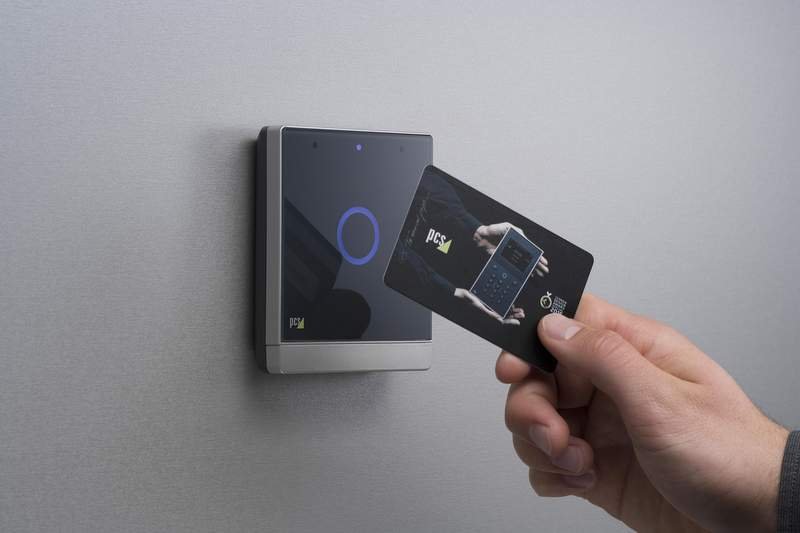You may never have heard of proximity access control technology, but you’ve almost definitely come across it at some point. This technology allows authorized people and vehicles to access buildings, car parks, and other secure areas. With this tech in place, you bring a card near a proximity reader, and if your card has the right credentials, you’ll be granted access.

If you’re looking to manage a large organization and boost participation and increase safety, proximity access control technology is the ideal option for you. So, how exactly does this technology work? Let’s find out!
What is Proximity Access Control
Proximity control cards are contactless cards that are read by devices without needing to be inserted or touched. While traditional credit cards require magnetic strips to be read to detect the card’s data, proximity access control technology enables identification from a distance.
When these cards are held near readers, the latter reads their encrypted information. Two kinds of readers are available in the market, the most popular having built-in controls that can authorize access with or without an active connection to a computer.
The other type of reader requires a computer connection at all times. Based on the site’s configuration, users can use one or more readers. When there is more than one reader, this is called a networked system. These systems help reduce the cost of maintenance and wiring.
Proximity Access: How Does It Work?
The proximity card and its reader communicate with each other using 125kHz radio frequencies. This communication takes place through a resonant energy transfer. Passive cards feature three components: an antenna made of a coil, an integrated circuit, and a capacitor to make this process possible.
These components have a user’s ID details in a particular format. Additionally, the reader is equipped with its own antenna that transmits short-range frequency fields. So, when you place the proximity card within the reader’s range, the capacitor and antenna coil form a circuit.
This circuit stores energy from the frequency field and later transmits information at the reader’s frequency. Such energy directs a current that powers the IC (integrated circuit). Then, the chip helps send the ID number to the coil that transmits it using radio signals.
This reader assesses whether the card details match its database and then completes its programmed action. The card is powered by energy from the reader, meaning that passive cards need to be brought close enough for data transmission.
Active cards have flat lithium cells that help power the system, and the integrated circuit features receivers that use battery power to enhance signals from the reader to strengthen it. This further allows the card and reader to connect over a long distance.
The Benefits Proximity Cards and Readers
Today, most readers feature built-in controllers that connect to a computer. These readers then analyze the transactions and record them in the connected computer. What’s more, these transactions can also be printed in the form of reports.
To record attendance, at least two readers are needed. For example, a workplace may have two separate readers for entry and exit to monitor attendance.
The latest proximity control systems are equipped with attendance software for greater convenience. Advanced systems have built-in control features with passwords and other security options.
Some of the key features of proximity access control systems include:
- Certain times of the day can be designated for card validity. The card records incorrect or unauthorized attempts.
- If someone is forced to open a door, a Duress Entry feature helps open the door linked to an alarm.
- Most cards feature seamless software that does not need to connect to a particular computer. Here, readers can be accorded a separate role, such as controlling an incoming or outgoing door.
- Cards can detect up to a thousand users. Some advanced cards can detect more if programmed properly.
- Users are given unique passwords or proximity cards.
- It is possible to change or fix entry and exit times for groups during the week. However, before and after the designated time, the control restricts access, records necessary details, and includes the time and date.
- Proximity access cards can also be programmed to restrict specific controllers, time zones, and departments to improve workflow.
- Cards can raise the alarm by monitoring threats on TV. The controller also blocks itself for a set period of time after three failed attempts.
- Forced entry is effectively monitored on the connected computer, and special alarms can manage the situation or inform the authorities.
Summing Up
With new technological advancements each new day, it is crucial to keep up with the latest trends. Besides being a fascinating system, proximity access control technology can improve your organization’s security, enable employee monitoring, and facilitate better workflows.





